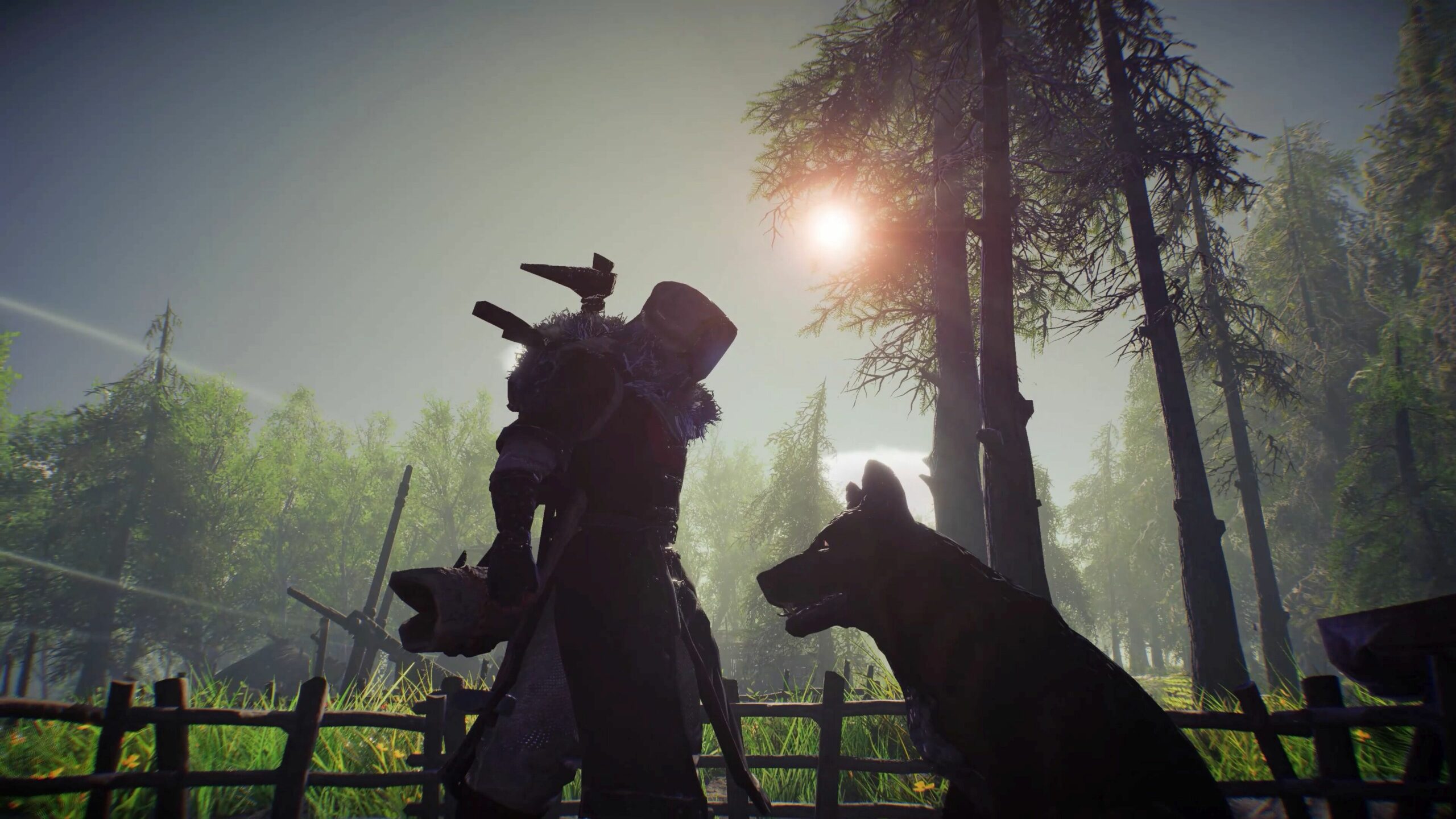ASKA Preview
I love survival crafting games, whether they’re “realistic” or more fanciful. There’s something relaxing and orderly about building a shelter from sticks and stones, taming the flora and fauna, and living to see another dawn. I think that games in the genre probably tap into a very deeply rooted instinct. One of the downsides of many survival games is that they’re very labor-intensive. You often have to do everything yourself. But what if you didn’t? What if you could entice others to do your dirty work? That’s the premise of ASKA.
ASKA is part of a recent tsunami of survival crafting games and even has a Viking/Norse setting similar to other games in the genre like Valheim. ASKA tasks one to four players with creating a thriving community and a large labor force that is relatively autonomous, once set in motion. In other words, ASKA adds a layer of being a middle manager to survival and crafting. Minus the office politics.
Start Slow
For the first several hours, at least, ASKA doesn’t necessarily innovate on the survival crafting formula. You have three basic needs — hunger, thirst, and temperature — to satisfy. So, naturally, you gather the basics like berries, stones and sticks, plant fibers, and potable water. Night falls and you build a warming fire. From there, you climb the expected tree of crafting sophistication by building better tools to gather better resources and build better shelters.
In this phase, ASKA gives the player some welcome quality-of-life tools. You can press a key to highlight otherwise hidden resources and there are plenty of pop-up tips and goals. Laying down even basic shelters and early buildings is easy and flexible, provided you have the resources. You can’t alter the aesthetics of your lean-to, but you can rotate it and find the optimal position in the landscape.
At the same time, ASKA also adds a bit of complication. Trees can’t simply be harvested, but processed into different components, fires require a steady stream of fuel, and crafting anything but the basics is a multi-stage affair. In the background, the animal needs of hunger and thirst demand attention. The first few hours of ASKA might feel slow to some. For others, the meticulous pacing and process will be exactly right.

We’re Hiring
If that was all there was to ASKA, it would probably get lost in the crowd, because while it’s pretty polished for an early-access game, those aspects are nothing new. In ASKA you gather another, magical resource called Jotun stones. Eventually, you create a beacon of sorts, fueled by Jotun, that summons recruitable workers to your growing little camp. Immediately you can assign these recruits to do some basic tasks, leaving you to move on to the next level of crafting or gathering.
Your new employees are not drones. They have the same needs as you have, and distinct preferences. Some prefer to work at night, others prefer daytime labor. This results in a balancing act. Those folks working under the hot sun will need water, for example. Fail to meet their needs or respect their preferences, and your disgruntled workforce will leave. Eventually — and again, this is a slow, patient process — you can expand your small settlement into a much more complex collection of buildings and a much larger, more specialized, and autonomous NPC workforce.
Unlike Valheim and several other games in the genre, ASKA is not PvP-focused. In fact, there is no PvP component at all. Instead, ASKA invites and encourages cooperative play with up to four players. Even one other human team member early on can change the slightly glacial pace of the first few hours.
Optimal Experience
Although there is no PvP combat, there is the threat of animal and supernatural foes that can play havoc with or even kill your villagers. You can build a community that is more focused on combat, which seems to increase the amount of severity of monster attacks. Or, you can maintain a minimal force of warriors that serve as protection from the occasional skeleton and wolf encounters.
On a scale of photorealism to outright stylized art, ASKA is definitely on the realistic side, though character models could use some refinement. The environments are lush and detailed and the lighting, day, night and night cycles and weather look great. The music is relatively understated but helps fill the sonic landscape in those early, lonely hours.

Although there are plenty of options for adjusting the graphics and audio, there aren’t a lot of ways to customize things like resource density or overall difficulty. For an early access title, ASKA ran at a pretty consistent 90fps, with a few graphical hiccups but no show-stoppers.
Employee Satisfaction
Apart from the villager recruitment aspects, ASKA is a well-made survival crafting game that comes into its own with friends. The NPC workforce mechanic is the real and literal game changer, however, and allows ASKA to stand apart from other games in the genre. No matter how you play it, ASKA favors patient, meticulous players with a love of detail and process. I guess I must be in that category. I enjoyed my time with ASKA and look forward to seeing it develop.
Thank you for keeping it locked on COGconnected.

